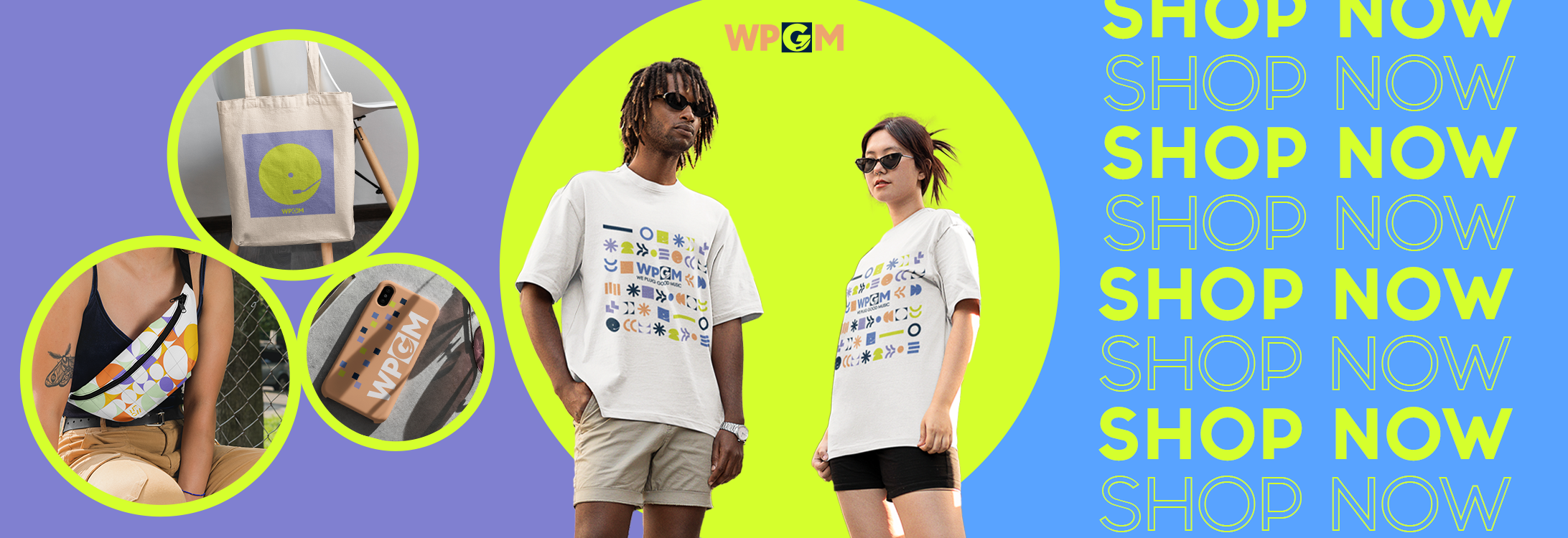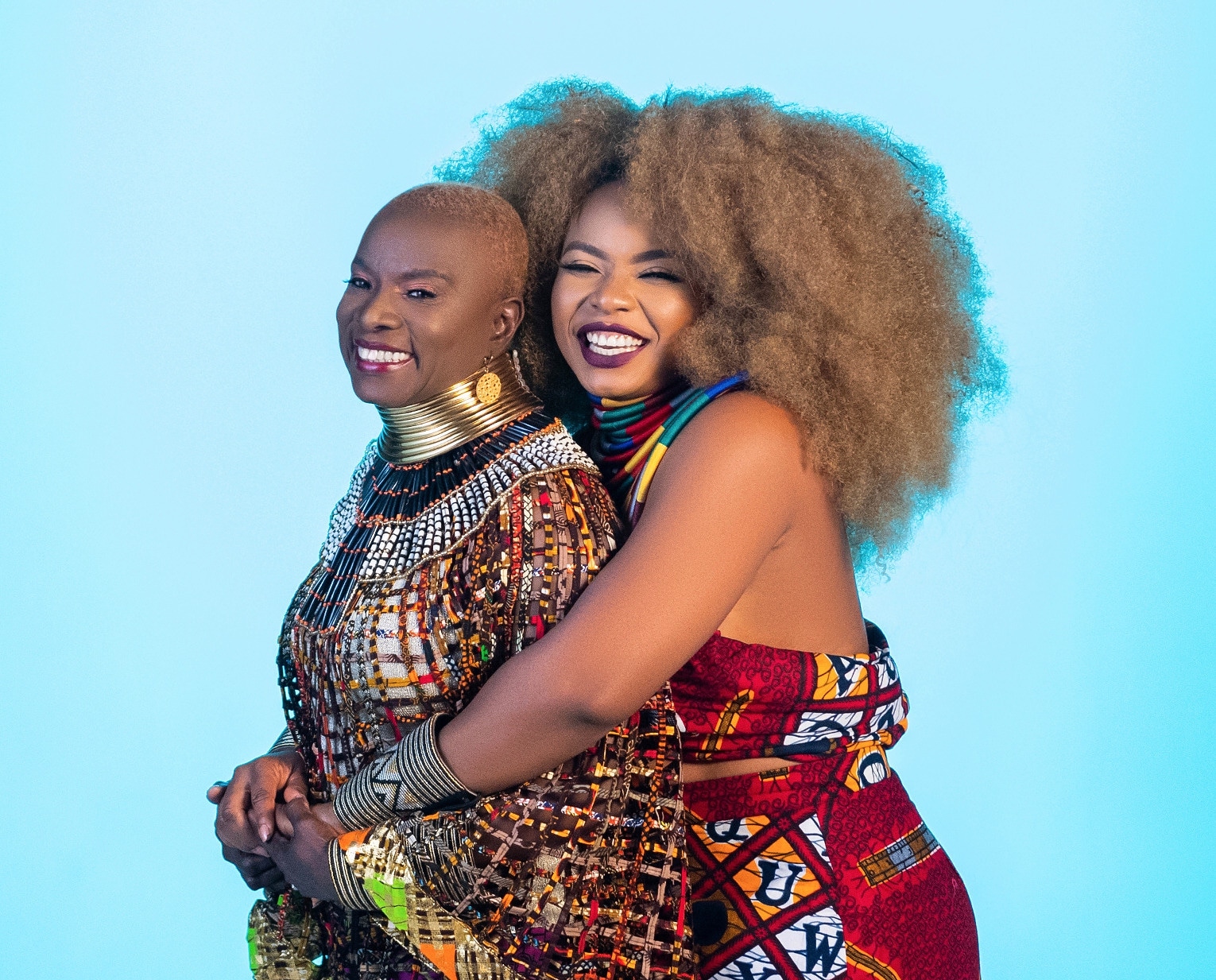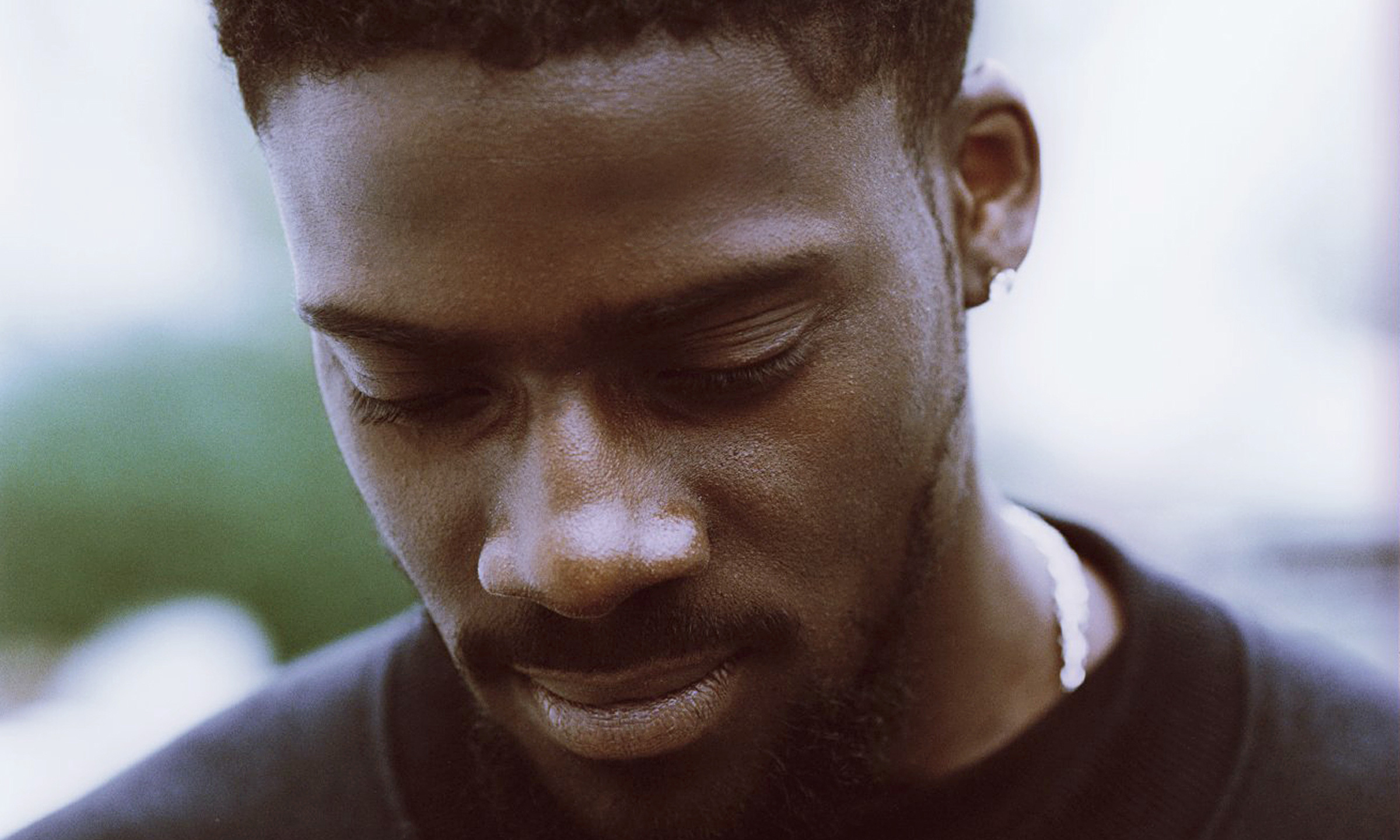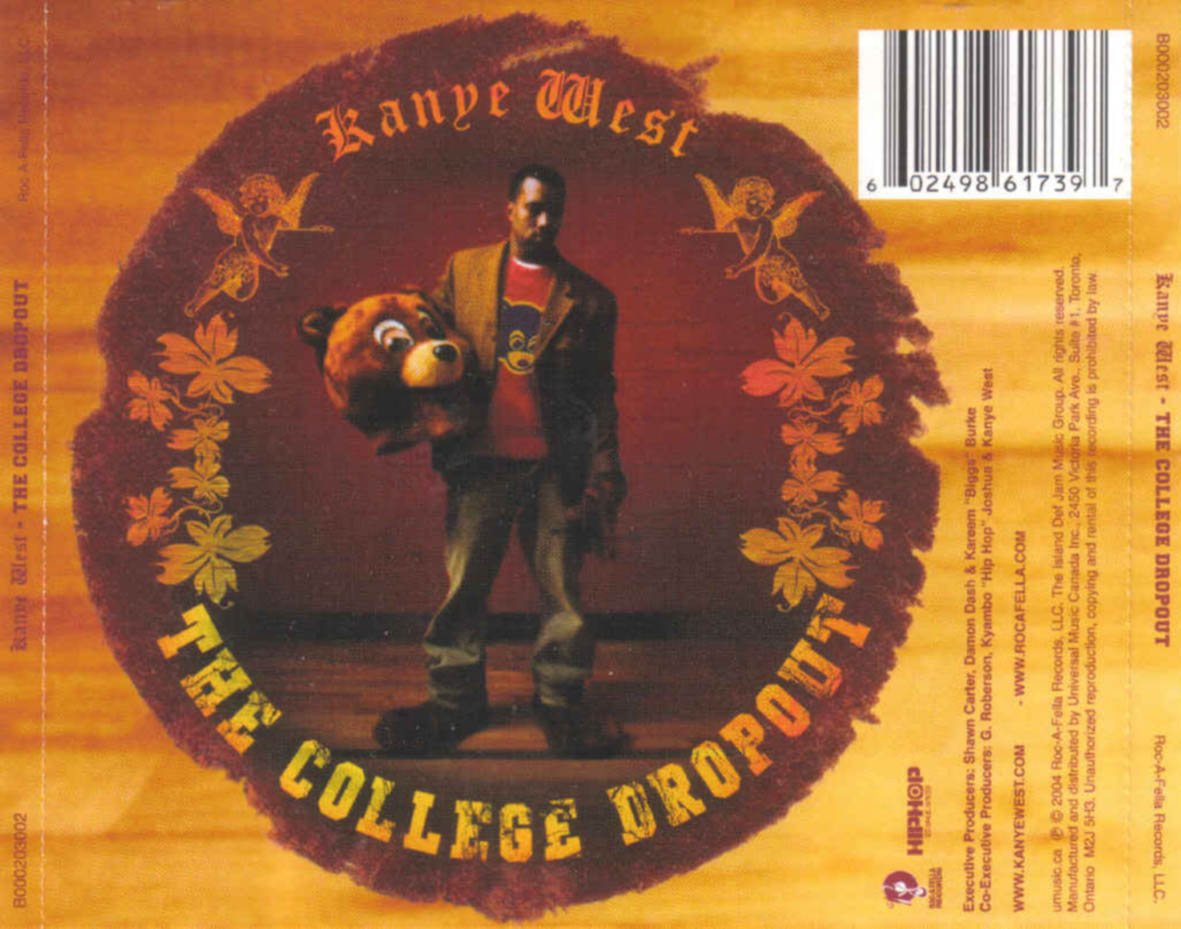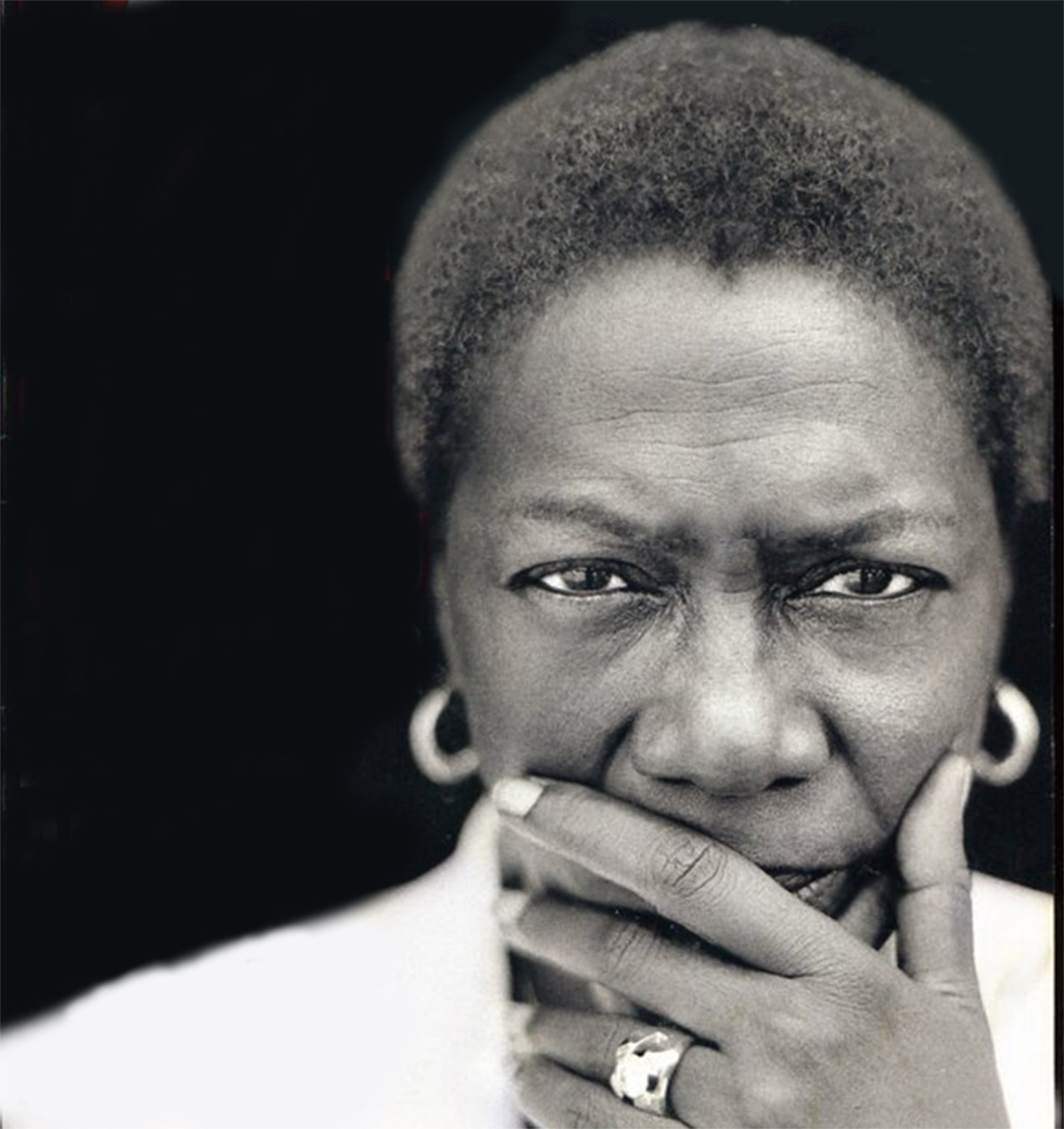My name is Michael Tubi, aka Michael Tubes, the founder and creative director of Sounds Of Africa.
Sounds Of Africa is a platform that showcases the richness of African contemporary and traditional music, engaging new audiences and diasporan Africans to experience the variety in the music culture.
The purpose of the Sounds Of Africa is dedicated to archiving a collection of musical items, preserving, celebrating, educating, and showcasing the very best of African music. Over the past 10 years, we have documented the African music scene around the world.
One issue within the African music industry is things are rarely documented, so Sounds Of Africa is a way to document every aspect of African music, which has never been done before.
Having worked with many artists from Wizkid, Davido, Burna Boy and Adekunle Gold to Tiwa Savage, Yemi Alade, Simi, Niniola and more, this year I wanted to celebrate the women in African Music, through a virtual exhibition curated by me through the work I have documented within the last 10 years titled Women In African Music.
I wanted this exhibition to put women at the forefront of African music, celebrating and elevating them.
Women do so much for the industry and they are not acknowledged enough. They work 3-times harder and even better than men, in terms of rehearsals, sound checks, music videos, clothing, their image on stage and more. They put a lot of energy and time in this to ensure that their craft is perfected. This exhibition shows every aspect of women and their hard work. It is essential, that we document everything.
This idea is not a new thing, the creative process has been something that has been worked on for nearly 10 years. I have always wanted to put our focus on our women. You will see in this exhibition that I focused on different aspects, from the clothing, performance, rehearsal, movement and more.
The creative process is about showing the world what goes on behind the scenes and the process women take leading up to a performance. My thinking process is always to photograph every aspect of a woman. From motherhood, to emotions, to excitement, friendship.
How can I show our women in a positive light, to show the world what our women are made of and how powerful our women are?
The message behind it is to elevate and celebrate our women. To highlight their achievements. They are not a second citizen to men, they are equal.
I am all for equal rights and I believe that women need to be given that when it comes to music. I want fans to understand the process and ideology women go through when it comes to performing on stage.
When you see men perform, they are constantly praised for their performances. However, when it is a woman, there is more criticism. People will automatically criticise their looks, their makeup, what they wore, if their makeup is ‘on fleek’ and I see that as another way to show that female performers are not equal to male performers.
I want to change those opinions of the fans, I want the fans to look at someone like a Yemi Alade and not criticise her hair but say “wow she really performed two hours straight with no hesitation”.
I want people to look at Tiwa Savage and not say “why did she wear that outfit on stage” but “Tiwa is a phenomenal woman, she was rehearsing every night with her son on her hip”.
I have been on tour first-hand and I can say that women put so much effort when performing compared to their male counterparts. Some women may rehearse for two months straight before a show whereas some men may take three days before a show.
We need to treat our women right. They are mothers, wives, sisters, friends, people need to be careful how they speak about them on social media.
Another inspiration for this exhibition is making sure we keep the legacy for our women. It is very important.
Last year we lost three female dancers within the African music scene, my exhibition continues to share their legacy, reminding everyone how talented and impactful they were. Their legacies will forever continue to live on.
There were so many challenges I faced curating this. The main thing is being able to document women who are not from West Africa. I wanted to explore the talented women from Morocco, North Africa, East Africa and so forth, but finances can be a problem.
I am used to being flown out with the likes of Yemi, Niniola and Shiikane, where they bring me along with them during their travels and so I can really document their journey. Quite a few artists may not have a large budget for that and so it can be very limited. Although I do a lot work out of my own pocket, there are times where it is just not practical for me.
Aside of that, creating an actual exhibition is very costly, which is why I made this year’s exhibition virtual (as well as because of covid). I had an exhibition in 2015 and that cost me over £20,000 to curate, that £20,000 was actually the deposit for my house, yes, I used that to pay for my first exhibition! A LOT of money goes into it, I am a perfectionist, being a perfectionist costs money!
Going virtual makes things much easier and practical, you don’t have to be from London to experience the exhibition. It is a global project.
Sounds Of Africa is a museum, it’s about archiving our heroes and celebrating them. No matter how many years after, people will still know who these artists are, people can still research and become fans of them at any time. I want everyone to know and remember me as “Michael Tubes, the man who documents African Music“.
Sounds of Africa’s ‘Women In African Music’ exhibition is taking place virtually until May 31 at www.soundsofafrica.org.

